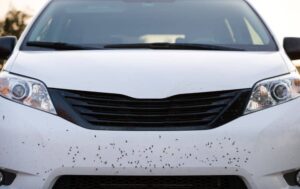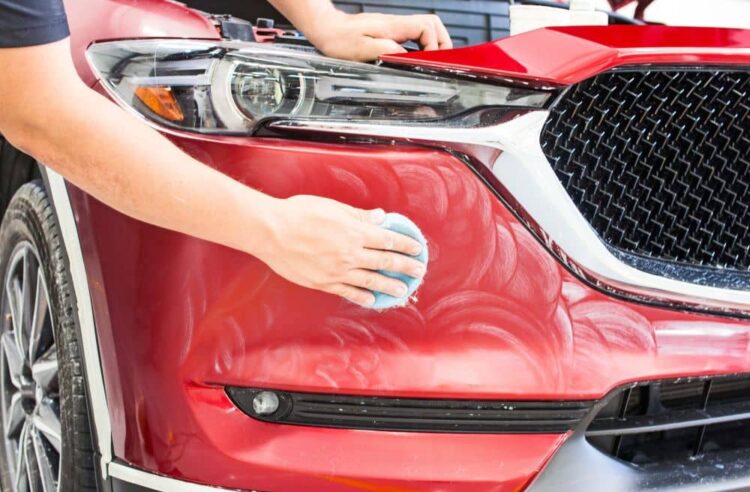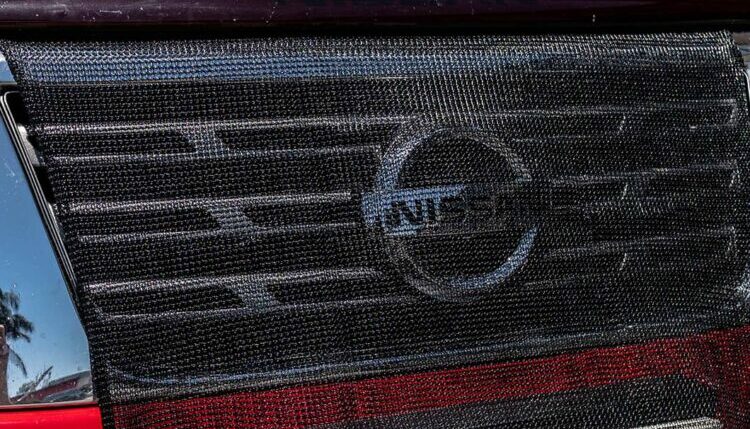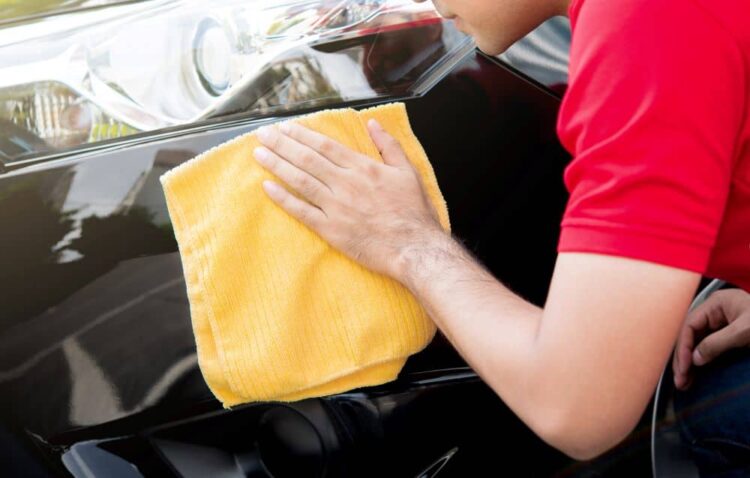
If there’s anything that car owners in Perth agree with, it’s that bugs are annoying. They are incredibly tiresome to deal with in the summer. They are everywhere, and they come in swathes and droves, big and small – all equally infuriating, particularly when you find them on the front of your vehicle.
These bugs are not too picky, whether you have a truck, SUV, ute, or sedan. You will have to remove their remains, which have been cemented to your car. Even if you have removed them all, you have to clean the windscreen and the front of the vehicle to get rid of bug stains and other types of insect residue. They are unsightly and can be a real pain to remove without damaging your car’s finish.
Practical Tips to Keep Bugs Off of Your Car
The best way to prevent any bug issue is to stay on top of it. That is, by controlling the situation using prevention measures that work. Whilst there is no guarantee that bugs will be 100% off, you can have a protective barrier that will make it hard for alive and dead bugs to stick.
Here are a few things that you can do:
1. Use Wax
The main purpose of waxing your vehicle is to protect its clear coat. Clean-up becomes a breeze when there is a barrier between outside elements, such as rain, water, and dust. But how do you use it to keep bugs off? After cleaning and washing it to make sure all remains of insects are removed, you should then apply a good wax on it. This product is used on the hood and bumper to prevent scratches. Wax is useful, not only with easy to spot insects but also the tinier ones, such as gnats that might have slid off the car.
2. Use a Bug Repellent
Find bug repellents that are designed for cars. Pick water-based products, which are safer and quite effective in creating a slippery surface for vehicles. These bug repellents are great for off-road vehicles, which are a favourite of bugs to stick to. Using this barricade is easy, but make sure that you clean your car first. Once the vehicle surface is dry, spritz a few on it. Now, get a microfibre towel or sponge and use it to spread the product across the surface.
Don’t miss the spots where you often find a lot of insects. Remember that these products do not work for the long term. Some will last for just a week or two, though. That’s why it is better to apply them before a road trip. You can also use them in conjunction with wax and other methods listed in this article.
For example, suppose you have an older vehicle or one you do not treat like a baby anymore. In that case, you can apply a repellent to the windscreen. However, you should never directly spray these products onto the paint itself. Be sure to read the instructions to learn how to properly use the spray without damaging your car.
3. Install a Windscreen Protection Cover
Also known as bug screens, windscreen protection covers are ideal for everyone. Whether you plan to go on the country roads or embark on a long journey, bug screens are effective in keeping insects off no matter what time of day. Many Perth car owners who do not park their vehicles in a garage often complain about finding bugs stuck to the surface of their cars in the morning. That’s what the bug screen is for.
4. Clean Your Car Regularly
Maintain a clean exterior to keep bugs at bay. This includes washing the car regularly, especially during the times of the year when insects are intense. You may also have to use some elbow grease, particularly when removing bug guts and grime off the hood, mirrors, and bumper.
5. Always Use Car-friendly Products
Clean your car effectively and quickly with a sponge that has a honeycomb cover. It helps get under particles and is gentle on the car’s surface. Another is a bug and tar remover, which should be designed specifically for car exteriors. Never use harsh chemicals that are not endorsed for automobile paint; otherwise, you end up removing the gunk and the paint at the same time.
Should You Use Household Products?
You’ve probably heard about baby oil, baking soda, and other items that you regularly use in the house. You can apply them to your car, too, but with caution. When using baby oil, make sure that you only apply a very thin layer to help protect the hood and bumper of the vehicle.
We recommend that you still install a bug screen on the front of your car for enhanced protection. The same goes for other types of oil, such as mineral oil. It will not harm your vehicle, but it will create a slimy mess. However, you should never use any oil-based products on glass surfaces.
As for baking soda, note that this product is abrasive. You should never use it alone when cleaning your car and removing bugs. Instead, you can mix four tablespoons of baking soda with a quart of warm water and wipe with a microfibre cloth. Rinse the vehicle when you are done.
Always use a microfibre cloth or squeegee when wiping. Be sure to read the instructions for any product you intend to use.
You may be wondering why you need to take the extra steps above to keep bugs off. Bugs and insects, believe it or not, are damaging if you do not remove them from your vehicle. They are not just eyesores that affect the appearance of your car’s exterior. While not all, bug splatter can be acidic. It does take a lot to do real damage, but if you let them stay for weeks or even months, they can eat the clear coat of your car over time.
A bigger problem is that certain bugs can dig into the paint. If the etching they created is deep enough, they can get into the paint, resulting in even worse damage. Many insects have hard exterior shells or exoskeletons, which can be very sharp. You can already imagine them digging into the coat of the car. And when left for long periods, these shells can reach the primer or paint.
Prevention is indeed better than cure – and it’s so affordable, too. Are you Looking for a cheap but effective way to keep bugs off of your car? Check out our bug screens and other products that help protect your vehicle today.


